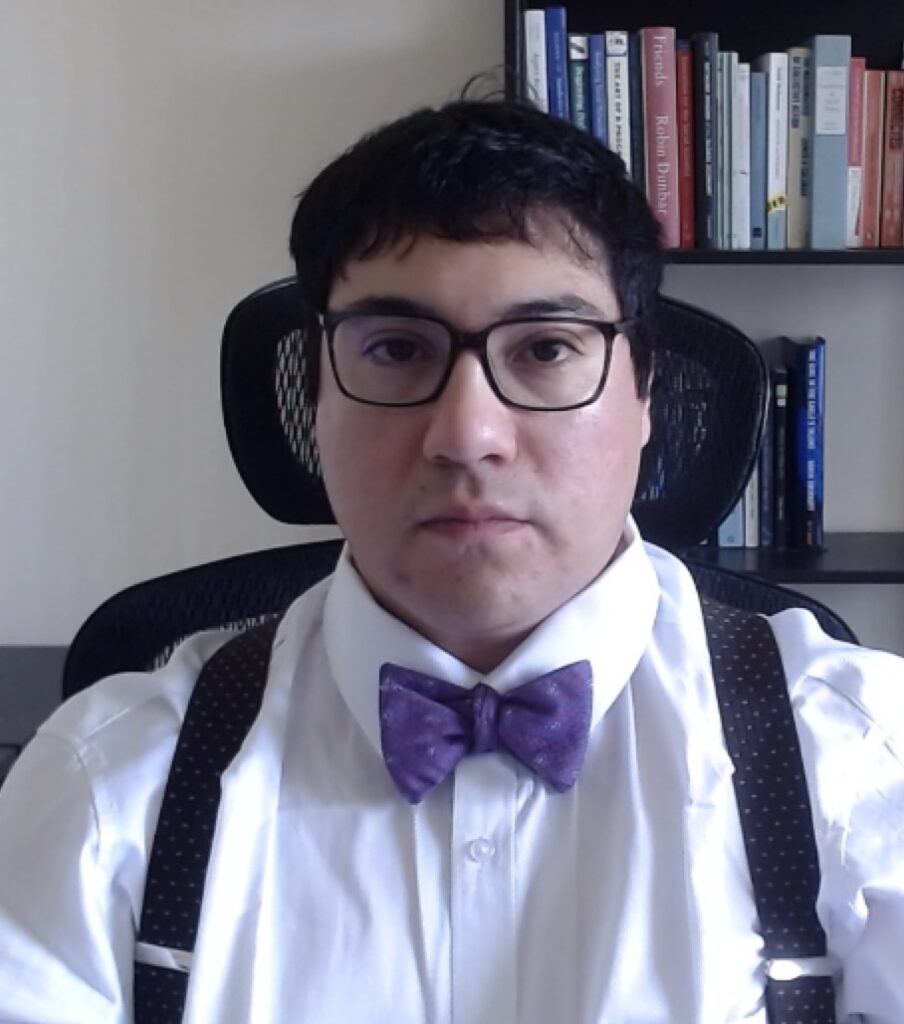Is job mobility predictable? While difficult to achieve for a single individual, in large systems such as large organizations with tens of thousand of employees to entire national economies with millions of workers, patterns are much more discernible.
In this project, we study several large datasets of workers over time that provide information about the job changes they undertake. At large scale (national economies), we develop a new theoretical framework for understanding the so-called matching function that stipulates how likely job seekers are to find their next job. Our redefinition of the matching function generates a number of new concepts such as the notion of unemployment associated with a firm (the number of people this firm releases back into the job market) and a new way to relate the size distribution of firms in an economy with the distribution of amounts of job mobility among those same firms.
Another like of inquiry in this project relates to job mobility in large organizations. This problem has been treated in a very coarse way for many years, ignoring the differences that both workers and jobs have within an organization, as well as not taking into account temporal changes of the organization or the workers. To make progress in this problem, we have made several important advances that reflect the internal dynamics of a firm much better than any current formulation. First, we conceive of organizations as made up of dynamic teams, an approach that is both completely natural to the study of organizations and simultaneously unexpectedly overlooked. This allows us to discover the social interactions that workers have in the organization. Second, the team structures have allowed us to discover the work phenomenon of team-mate re-encounters, where job move choices within organizations are heavily affected by a desire for people to work with past coworkers. The effect is so strong, that it limits the possible job changes people would likely perform and thus allows for the possibility to forecast job mobility in organizations.
Funding details for this project
Papers
- Robert L. Axtell, Omar A. Guerrero, Eduardo López. Frictional unemployment on labor flow networks. Journal of Economic Behavior & Organization. Volume 160, 2019, Pages 184-201, ISSN 0167-2681
- López, E., Guerrero, O.A. & Axtell, R.L. A network theory of inter-firm labor flows. EPJ Data Sci. 9, 33 (2020)
- Webb, F., Stimpson, D., Purcell, M., & López, E. (2023). Organizational Labor Flow Networks and Career Forecasting. Entropy, 25(5), 784.



